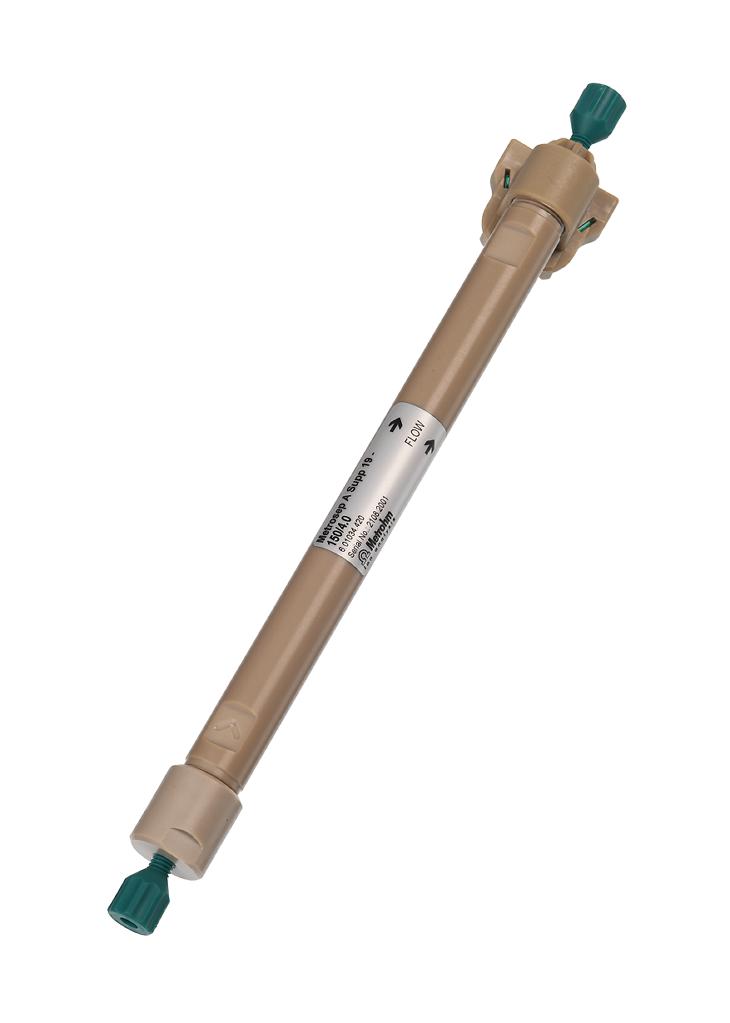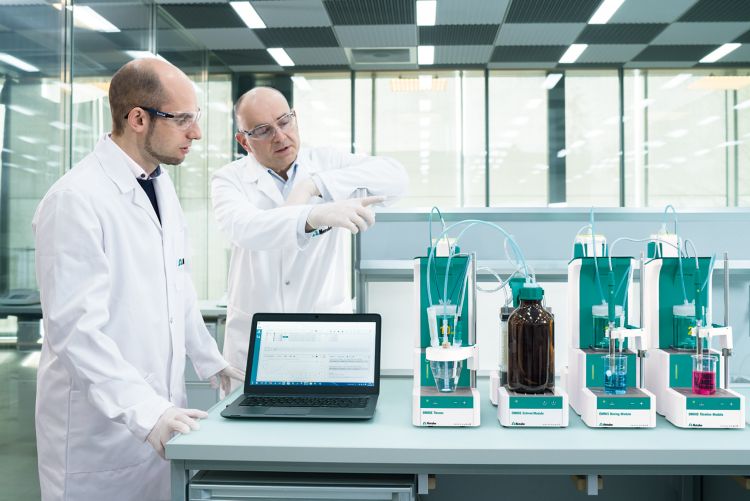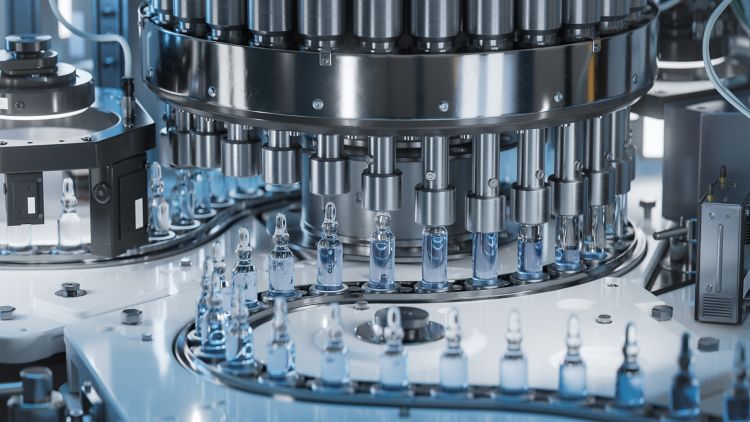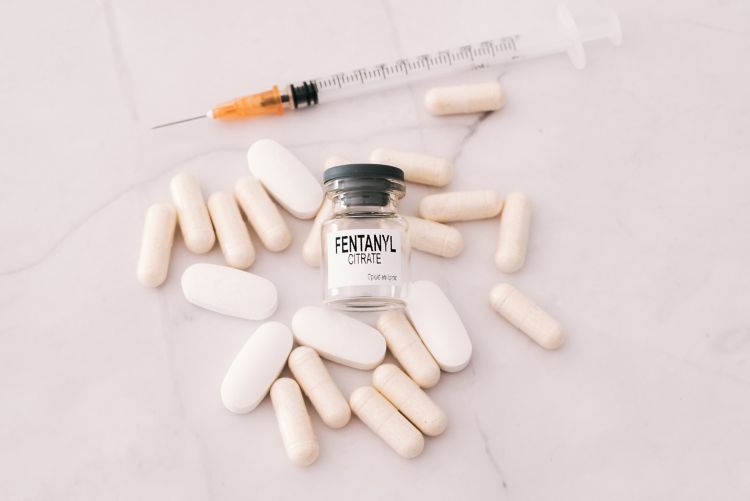[1] The United States Pharmacopeial Convention. Monograph Modernization History. https://www.usp.org/get-involved/partner/monograph-modernization-history (accessed 2023-09-13).
[2] Kappes, S. When HPLC Fails: IC in Food, Water, and Pharmaceutical Analysis. White paper, WP-045EN, Metrohm AG, Herisau, Switzerland 2019.
[3] Kappes, S.; Steinbach, A.; Ruth, K. IC: The All-Rounder in Pharmaceutical Analysis. White paper, WP-019EN, Metrohm AG, Herisau, Switzerland 2017.
[4] Metrohm AG. Pharmaceutical Analysis: Quality Control of Pharmaceuticals. Brochure, 8.000.5139EN, Metrohm AG, Herisau, Switzerland 2015.
[5] Subramanian, N. H.; Wille, A. Inline Sample Preparation – An Effective Tool for Ion Analysis in Pharmaceutical Products. Metrohm AG, 8.000.6010.
[6] Metrohm AG. Bring Your USP Methods up to Date! - The Benefits of Metrohm Ion Chromatography for Your Analytics of APIs, Impurities, and Excipients. Brochure, 8.000.5436EN, Metrohm AG, Herisau, Switzerland 2023.
[7] Jenke, D. Application of Ion Chromatography in Pharmaceutical and Drug Analysis. Journal of Chromatographic Science 2001, 49 (7), 524–539. DOI:10.1093/chrsci/49.7.524
[8] Metrohm AG. Quality Control of Dialysis Concentrates; Application Note, AN-D-003; Metrohm AG: Herisau, Switzerland, 2022.
[9] Metrohm AG. Qualitative Determination of Anions in Urine to Verify Adulteration; Application Note, AN-S-215; Metrohm AG: Herisau, Switzerland, 2005.
[10] Metrohm AG. Mannitol, Rhamnose, Lactulose and Lactose in Blood Serum with Pulsed Amperometric Detection (PAD); Application Note, AN-P-063; Metrohm AG: Herisau, Switzerland, 2016.
[11] Metrohm AG. Standard Methods in Water Analysis; Application Bulletin, AB-221; Metrohm AG: Herisau, Switzerland, 2015.
[12] Bruttel, A.; Seifert, N.; Läubli, M.; et al. Monograph: Analysis of Water Samples and Water Constituents with Metrohm Instruments, 8.108.5071EN; Metrohm AG: Herisau, Switzerland, 2021.
[13] Ruth, K. Measuring Organic Acids and Inorganic Anions with Ion Chromatography Mass Spectrometry. White paper WP-086EN; Metrohm AG, Herisau, Switzerland 2023.
[14] Metrohm AG. Trace Monitoring in Distilled Water Using Ion Chromatography; Application Note, AN-Q-008; Metrohm AG: Herisau, Switzerland, 2015.
[15] Ruth, K.; Pfundstein, P.; Martin, C.; et al. IC–ICP–MS for Monitoring the Fate of Iodinated X-Ray Contrast Media after Ozonation (TA-052). LCGC International - The Column 2015, 11 (16).
[16] Pfundstein, P.; Martin, C.; Schulz, W.; et al. IC–ICP-MS Analysis of Gadolinium-Based MRI Contrast Agents (TA-023). LCGC International - The Application Notebook 2011.
[17] Metrohm AG. Wastewater Analysis in Treatment Plants. Brochure, 8.000.5142EN, Metrohm AG, Herisau, Switzerland 2015.
[18] U. S. Pharmacopeia/National Formulary. General Chapter, <621> Chromatography; USP-NF: Rockville, MD, USA, 2023. DOI:10.31003/USPNF_M99380_07_01
[19] U. S. Pharmacopeia/National Formulary. General Chapter, <1065> Ion Chromatography; USP-NF: Rockville, MD, USA, 2023. DOI:10.31003/USPNF_M897_01_01
[20] U. S. Pharmacopeia/National Formulary. General Chapter, <1225> Validation of Compendial Procedures; USP-NF: Rockville, MD, USA, 2023. DOI:10.31003/USPNF_M99945_04_01
[21] Schäfer, H.; Läubli, M. Monograph Ion Chromatography, 8.108.5077EN; Metrohm AG: Herisau, Switzerland, 2023.
[22] U. S. Pharmacopeia. Chromatographic Columns; USP: Rockville, MD, USA, 2023.
[23] U. S. Pharmacopeia/National Formulary. Reagents; USP-NF: Rockville, MD, USA, 2023.
[24] U. S. Pharmacopeia/National Formulary. <591> Zinc Determination. In General Chapter; USP/NF, Rockville, MD, USA; DOI:10.31003/USPNF_M99350_05_01
[25] ASHP. AHFS® Patient Medication Information™: Voriconazole, 2023.
 Share via email
Share via email
















